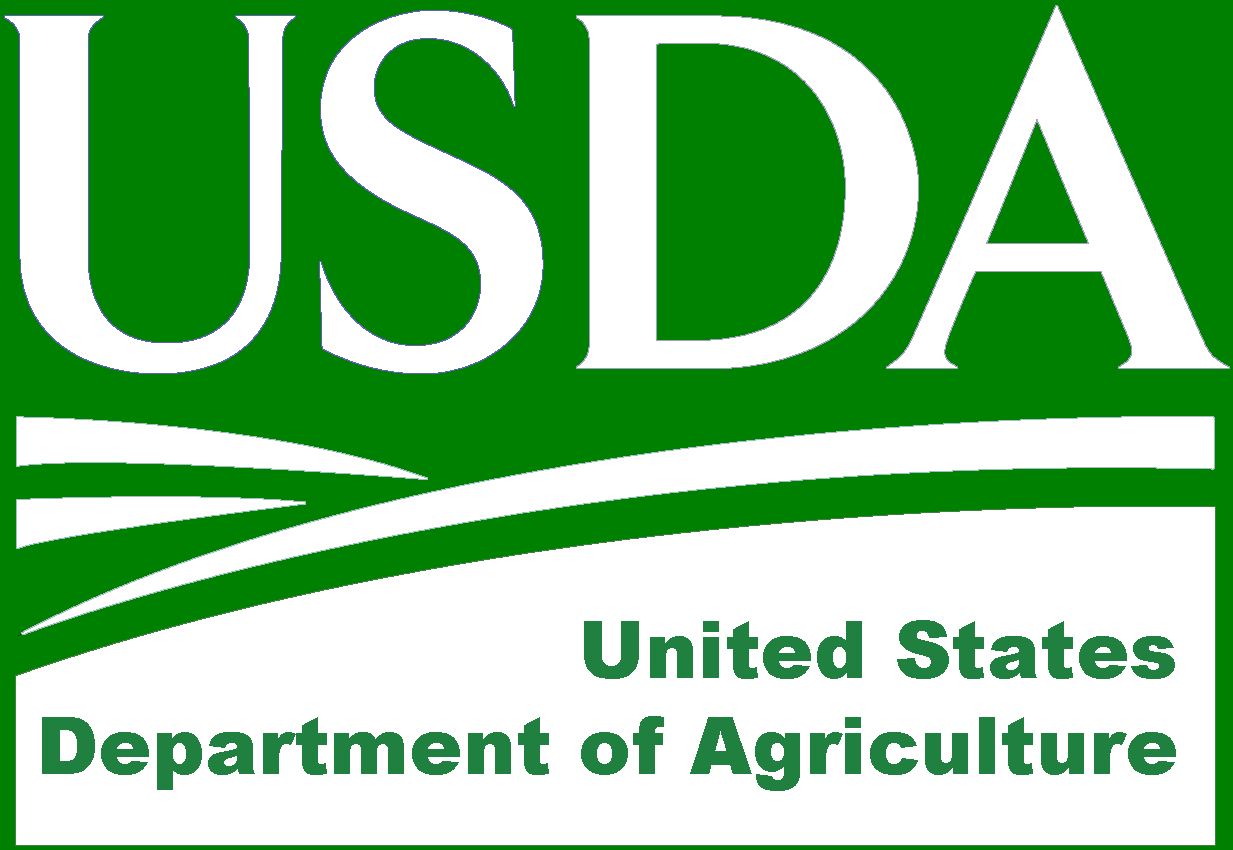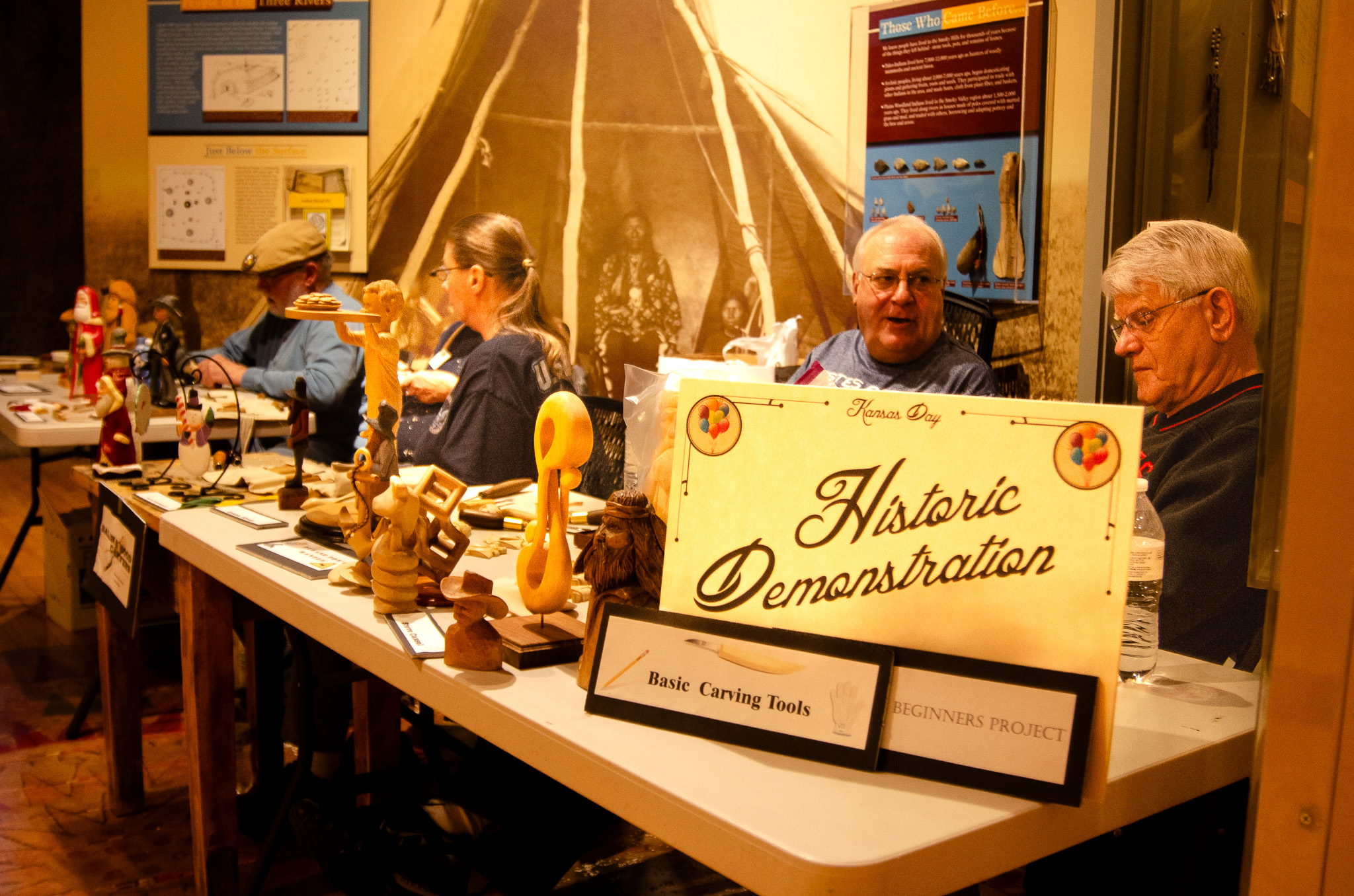The U.S. Department of Agriculture is expanding its work on wildlife conservation by investing at least $500 million over the next five years and by leveraging all available conservation programs, including the Conservation Reserve Program (CRP), through its Working Lands for Wildlife (WLFW) effort.
These commitments, which align with President Biden’s Investing in America agenda, will ramp up the conservation assistance for farmers, ranchers, private forest owners and tribes with a focus on working lands in key geographies across the country as well as hiring for key conservation positions. The funding will help deliver a series of cohesive Frameworks for Conservation Action, which establish a common vision across the partnership of public and private interests and goals for delivering conservation resources in a given ecosystem, combining cutting-edge science with local knowledge.
The new funding includes $250 million from the Agricultural Conservation Easement Program (ACEP) and $250 million from the Environmental Quality Incentives Program (EQIP). Today’s announcement builds off more than a decade of growing Farm Bill investments in wildlife habitat, and serves as a roadmap to leveraging both Farm Bill funding and the historic investments from the Inflation Reduction Act to guide conservation efforts. USDA’s Natural Resources Conservation Service (NRCS) and Farm Service Agency (FSA) will coordinate this work through WLFW, which focuses on voluntary, locally-led efforts that benefit wildlife and agricultural communities.
USDA is committed to investing a range of resources to implement WLFW Frameworks, including traditional Farm Bill and newly available funds from the Inflation Reduction Act. The Frameworks are an important part of NRCS’s work to implement the Inflation Reduction Act, as wildlife habitat conservation in forests, grasslands and sagebrush can also provide important carbon storage opportunities and climate-mitigation benefits. These dedicated funds will be invested alongside other USDA resources like CRP and leveraged by hundreds of conservation partners across the country.
T



